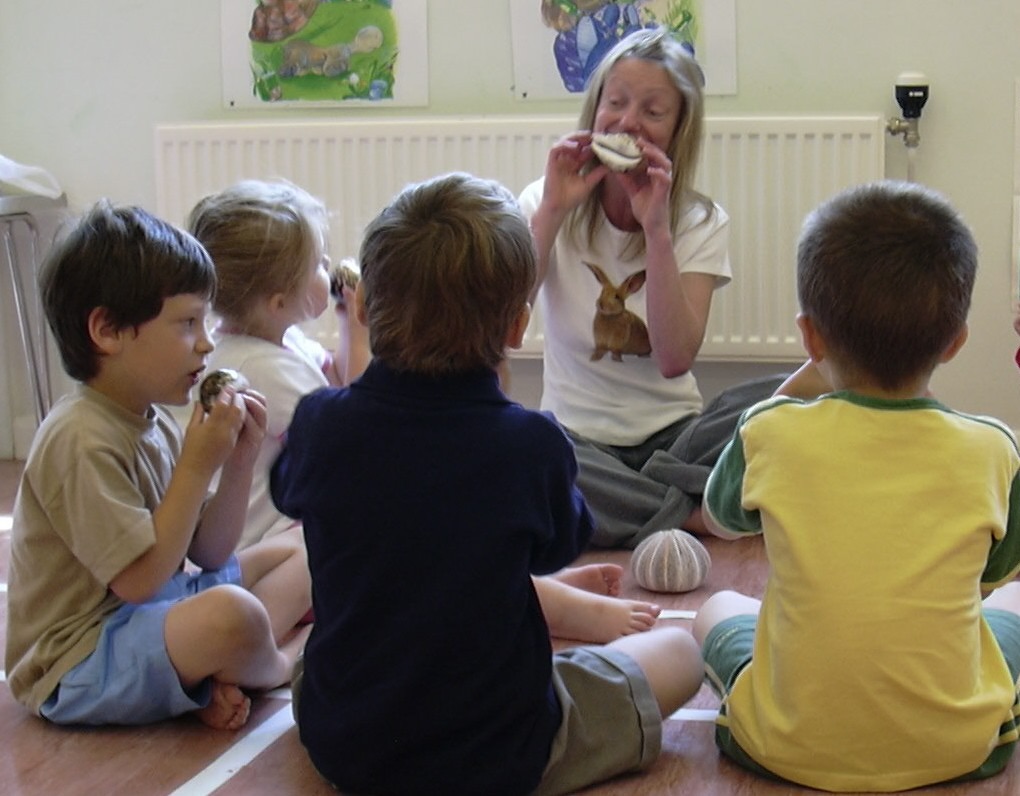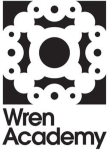The DaCapo Approach
What is the DaCapo approach? DaCapo’s methodology is based on practical activities and extremely active lessons with little verbal direction, analysis or theorising.
Methodology and the ethos are equal. Our approach incorporates Kodály and Dalcroze inspired ideas in a child-friendly way – working methodically, planning varied lessons, taking a longer-term view of progression whilst always recognising the individual’s or group’s needs.
The ethos is clear in the construction of all of these courses – that serious music learning and participation is for everyone. We believe that we are the only organisation that has such a clearly structured syllabus and well-defined ethos – used by all of its teachers.
We also make sure that socialising, sharing, listening, contributing, laughing, making mistakes, correcting, repeating and sharing new ideas, are all a part of the teaching and learning experience.
We believe that children should:
– Start with a programme of skills building and participation as young as possible.
– Continue through schooling, with an integrated approach, encompassing classroom music, instrumental skills and opportunities to play in ensembles (without having to audition or prove ability through the grade exams system).
This way, we will have happy and very able musicians who have a skill that they can draw on for life.


How We Teach
DaCapo aims to create pressure-free music teaching environments where every child’s contribution is respected equally and every child has a voice.
Teachers work with a variety of activities, leading children through the programme and building sophisticated skills and musical understanding.
The programme is founded on Kodály, a full methodology of music teaching using the voice and “training the ear, eye, hand and heart”. This highly effective and streamlined method of education has been brought into the 21st Century by DaCapo with added movement, visuals and humour and newly commissioned repertoire.
It:
– follows a clear and progressive curriculum from toddlers through to teenagers
– ensures that classroom music, instrumental lessons and all groups, instrumental or vocal, follow the same progression via musicianship
– involves all learning styles: auditory, visual and kinaesthetic
– includes the learning of pulse, pitch, rhythm, improvisation and composition, expressive elements, form and reading notation
– teaches composition based on known materials and exploring elements that are being ‘learned’ (much as story writing is based on what children are learning about in their English lessons)
– is run by dedicated teachers who plan carefully and communicate the children’s achievements to each other to ensure progression from class to class and year to year.
Performance: is an informal sharing as a result of the learning with occasional ‘polished’ concert opportunities.
Publishing: DaCapo has a small publishing arm, developing and producing the teaching resources which are essential to the successful delivery of the programme. It also publishes especially commissioned project works for school children and orchestra.
Visit the Shop
Notes on the approach:
Non selective, inclusive, working in groups of mixed ability and sometimes mixed age groups. Singing is used as a tool and a starting point for all music making.
The use of Kodály enables us to teach children an understanding of music in great depth and helps to internalise sound. The use of relative solfa (do re mi fa so la ti do’) acts like velcro on the musical brain. Rhythms and time signatures are approached in a similar way, starting with simple rhythms with logical ‘names’ attached, which enable a clear understanding and rhythmic ability.
Eurythmics helps with feeling and internalising the music as well as being useful as a tool to teach structure and help build better coordination, both physical and mental. All of this is worked at in very small and progressive steps, approached via age appropriate activities.
The relaxed nature of the class setting and the teacher’s approach enables all children to become involved in the learning and to contribute – often surprising themselves with what they can do!
Learn More About Our Philosophy
For those who want to know more. A series of seminars that explain our approach.
-
The DaCapo Approach & Musical Progress
Why do we do things the way that we do? We set out to change all of the responsibility for musical progression from the pupil to the teacher – educating without pressure or judgement.
Read Here -
Exams: How We measure Musical Ability?
Do exams help pupils to enjoy their musical experiences, progress their skills and become independent learners?
Read Here -
Practice: Music’s Bugbear
Why is practice always the biggest issue when people talk about learning an instrument?
Read Here -
Sound Before Symbol
Illustrating the advantages of teaching the sound before the symbol and comparing our Kodály-based approach to the teaching of a language.





